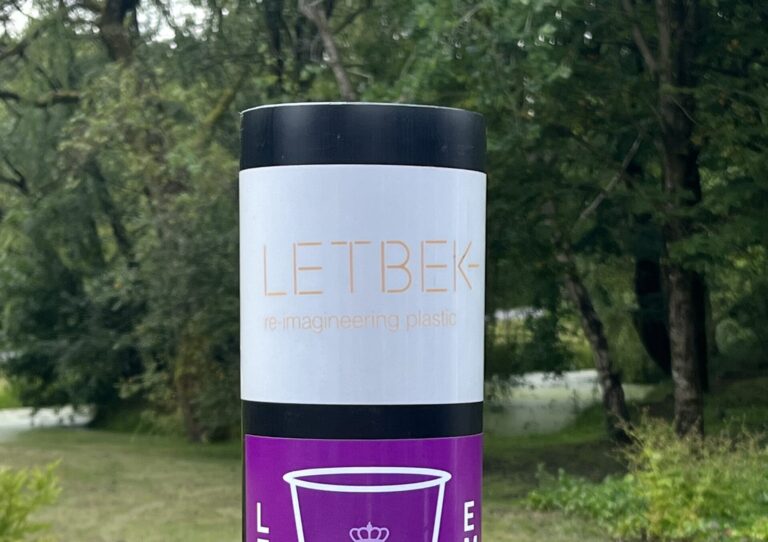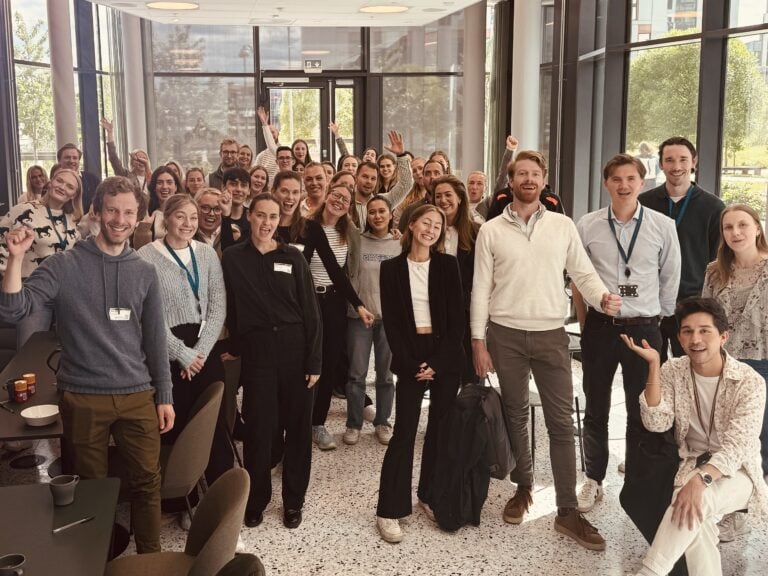After having taken part in the CLIMATE-READY consultancy course, Letbek has now kick-started measuring CO2 emissions and documenting the company’s total impact on the climate. New working methods makes Letbek able to work at reducing its CO2 footprint, and to focus on new goals towards 2030.
During the spring, Letbek participated in the advisory course CLIMATE-READY – initiated by the Manufacturing Industry, Danish Industry and the Danish Industry Foundation, among others. The course aims to strengthen the growth and competitiveness of small and medium-sized enterprises through CO2 calculation, climate strategy and branding.
– We work hard at being able to document our production to a greater extent and to verify the products we send out into the world, and for us the way to do so is through measurements, calculations and certifications. We know that there is a increasing demand from customers and partners that we must keep track of our climate accounts, including our CO2 footprint, says Louise Aagaard Jensen, material specialist at Letbek. She has already put a lot of work into the CLIMATE-READY process of e.g. collecting data for the consultants for the calculation of Letbek’s total CO2 emissions.I forløbet er virksomhedens CO2 emission i 2018 blevet gjort op, og dermed ved man nu præcist, hvad den primære belastning er, når det kommer CO2 aftryk.
We have become aware of where to invest and how to work to reduce CO2 emissions, and we now have working methods that allow us to calculate CO2 emissions each year to be able to document whether the focus areas that we intend to work with will have the desired effect.
Virgin plast is replaced by recycled plast
Calculations have shown that the biggest problem in terms of the CO2 accounts at Letbek are the virgin plastic materials – ie. the part of the plastic that is produced as new plastic for a product.
When the virgin plastic material stands out as our biggest headache, the problem actually comes from the CO2 emissions that occurs from the material before it arrives here at Letbek. As such, it is not in our production that it emits CO2, but it still strains our total CO2 footprint because we use the material in our production, says Louise.
For many years, Letbek has worked with the producing plastic products from recycled plastic – but the focus is now on replacing virgin plastic material with recycled plastic in some of the larger production lines. Using recycled plastic shows a big difference in the CO2 emission in comparison to virgin plastic products.
If we look at the type of plastic called LDPE, we know that new LDPE loads with 1.88 CO2e per kilo in comparison to 0.24 CO2e per kilo at recycled LDPE. And that makes a huge difference if we can replace new products with recycled plastic on an entire production line, which is what we are currently working on.
In 2018, Letbek’s total production used 74% recycled and 26% new products, while the figures for 2020 was 77% recycled and 23% new products.
The reduction must beat the official 2030-goals
During the course, the concrete measurements and calculations from the Letbek production have been projected to 2030, and the figures show that even if the company does not make further efforts to reduce CO2 emissions, it will achieve the official goals of the Paris Agreement of 50 % reduction by 2030. But Letbek’s management is even more ambitious than that.
Firstly, the 2030 figures are estimated figures, and they are based on the fact that CO2 emissions from the electricity we use in our production will be reduced. Secondly, we do not know for sure whether it will prove correct. We have much bigger ambitions, and now we know exactly what we must do in order to get a good result from our efforts. If we succeed in reorganizing one production line with its current production volume, we look at to reaching approx. 82% recycled plastic in our production against 77% in 2020, says CEO of Letbek, Michael Bayer Thomsen



